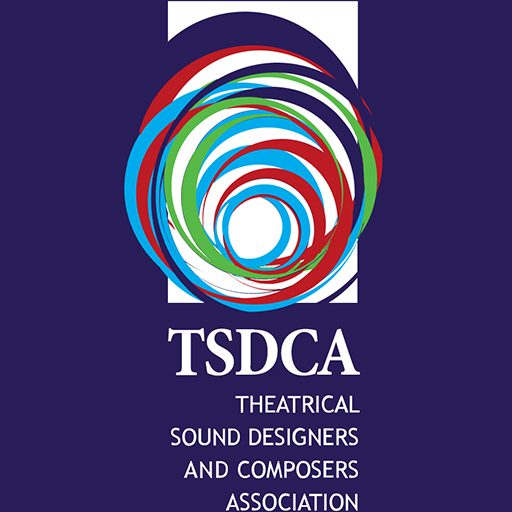USITT/TSDCA Sound Documentation Recommended Practice
A multi-year collaboration of members of the Sound Commission of USITT and Theatrical Sound Designers and Composers Association (TSDCA), this comprehensive document is recommended for all practitioners of Theatre Sound in both professional and educational theatre.
The information which a sound designer or engineer must communicate to others has grown in complexity over the years, and today’s sound professionals are often responsible for communicating information about system components, interconnections, physical positions, digital routing, network configuration, radio frequency configuration, and more.
This document presents a recommended practice for sound system documentation. It is not a comprehensive collection of graphic symbols, terms, and necessary paperwork, but is a flexible framework of document forms and practices for practical communication. The information which designers and engineers must communicate can be represented in many forms; this document will identify and describe several of the most common. Neatness, clarity, and legibility of these documents are top priorities.
Topics covered in this document include System Block Diagram, Plan and Elevation View drawings, Hookups, Routing Tables, RF Tracking Sheets/Schedules, IP Schedules, Rack Drawings, and Custom Panel details, Com System Block Diagrams/Hookups, Power, Cable Labels, and additional Schedules.
TSDCA and USITT offer a special acknowledgment of thanks to the authors of this document for their tireless efforts:
- Josh Loar, Senior Consultant (AV): Charcoalblue
- Mike Backhaus, Sound Supervisor: Yale School of Drama / Yale Repertory Theatre
- Brad Berridge, Director of Sound Operations: Feld Entertainment, IATSE, USA 829
- Nicholas Drashner, Audio Experience Engineer: BoomCloud360
- Sam Kusnetz, Independent Sound & Projection Designer, USA 829
- Joanna Lynne Staub, Independent Sound Designer & Audio Engineer, IATSE, USA 829
- Brad Ward, Senior Associate: Auerbach Pollock Friedlander
These recommendations were written with the intention of updating the previously documented standards, published by USITT in 2008. The new recommendations were authored with the collaboration of working professionals from various outlets and institutions. They do not suggest any substantial change to current documentation practices, but rather organize protocols presently in use with the intention of better educating new members of the Sound and Audio Community.
